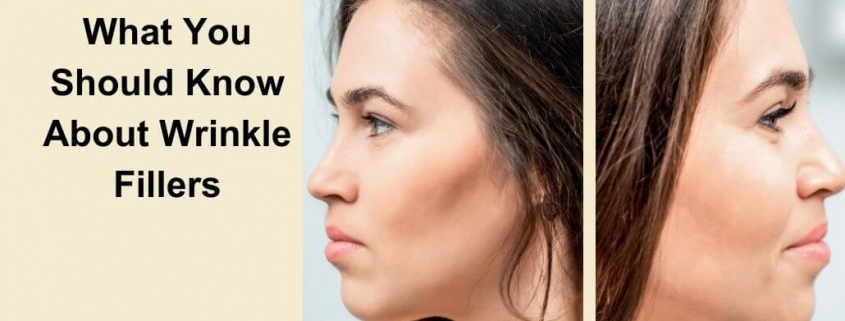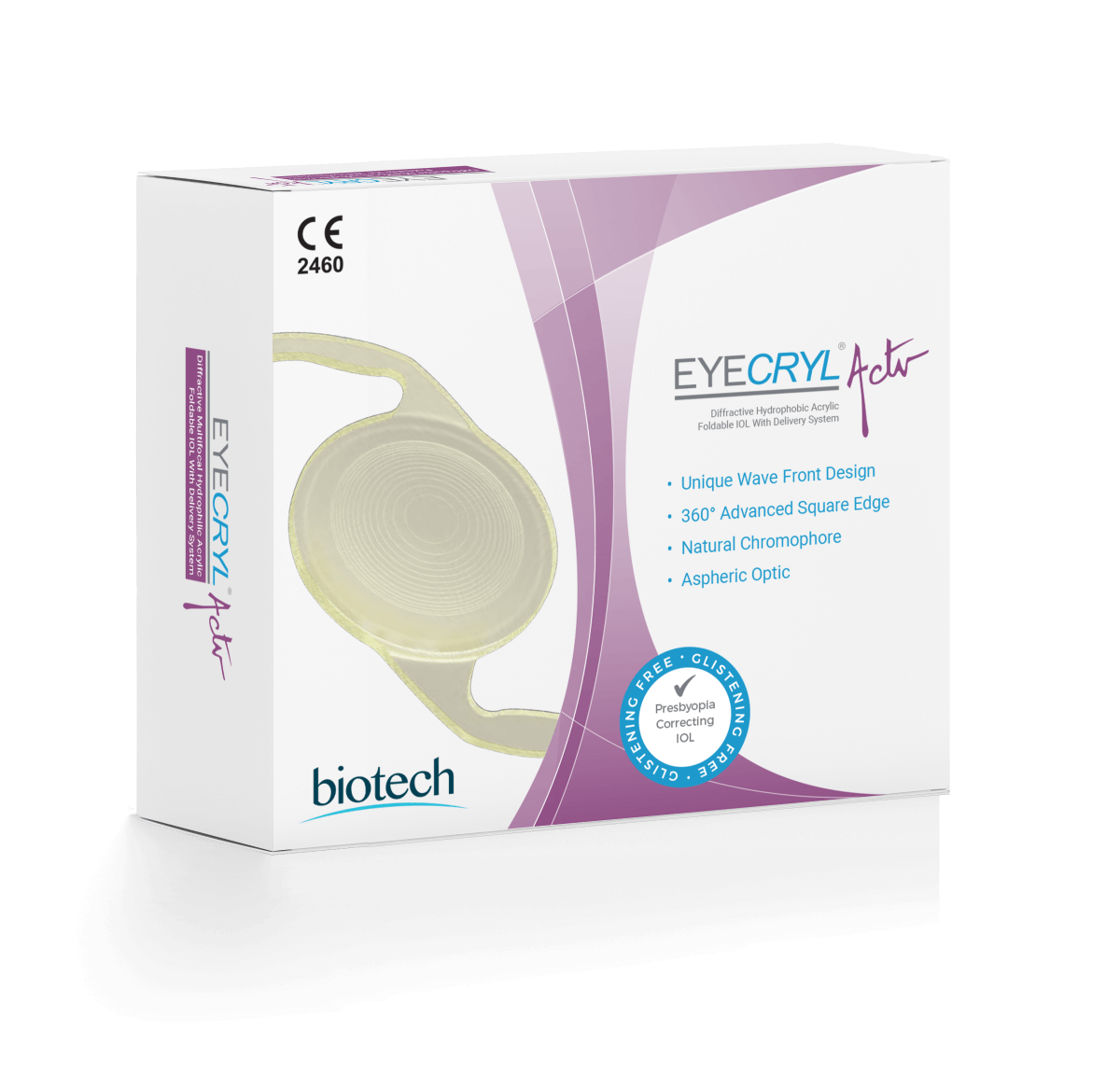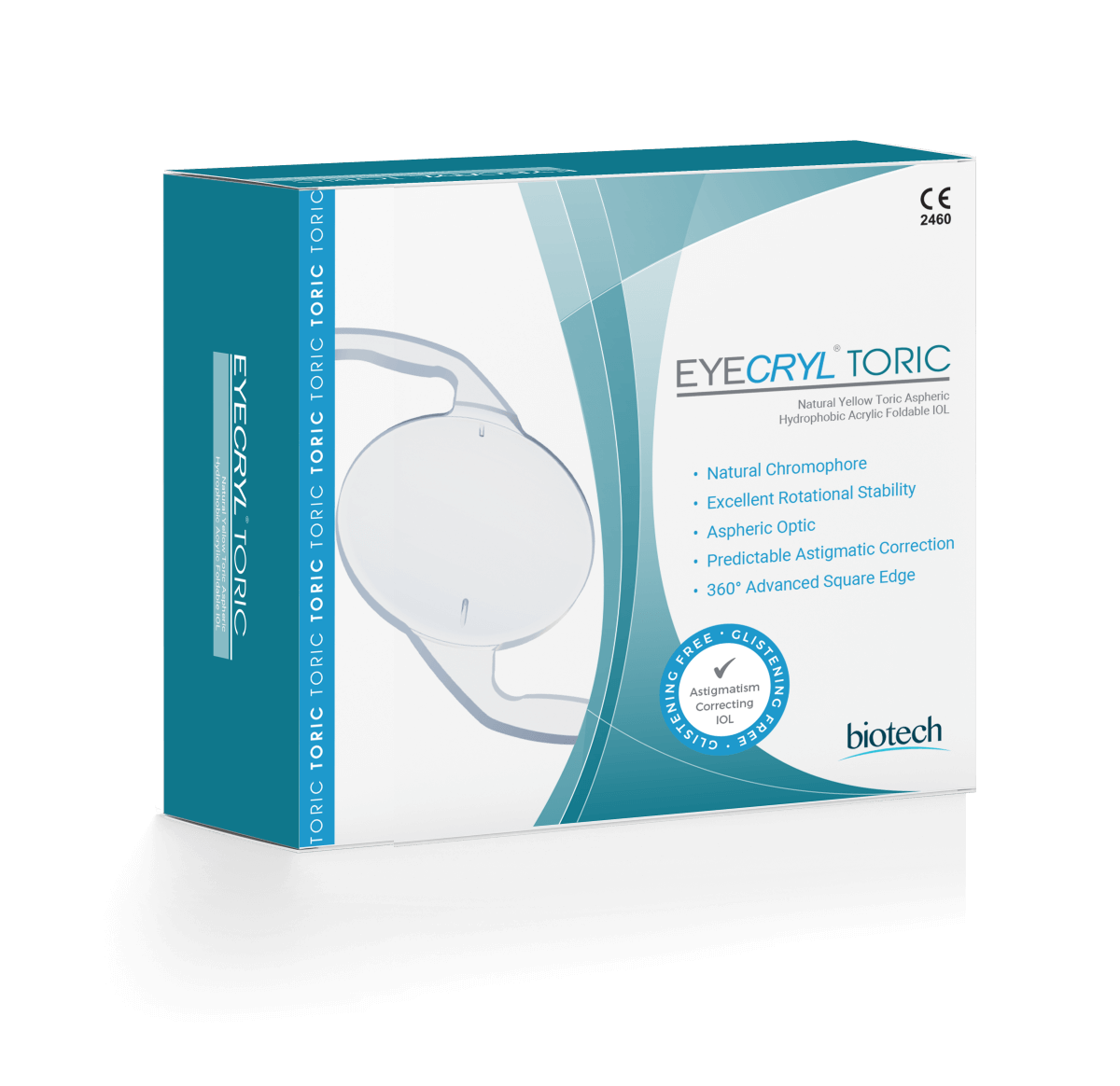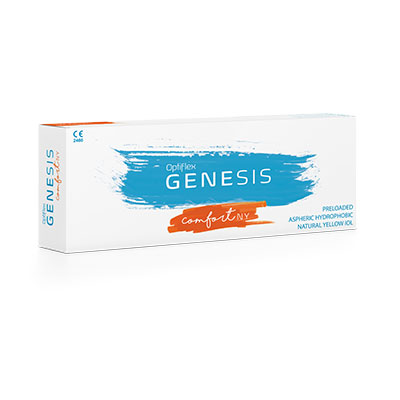What You Should Know About Wrinkle Fillers
What You Should Know About Wrinkle Fillers
What are Wrinkle Fillers?
Wrinkle fillers are a popular cosmetic treatment designed to reduce the appearance of fine lines and deep wrinkles on the face. They are often used to add volume to areas that have lost their youthful fullness. Depending on the type of filler used, the primary aim is to smooth out the skin and restore volume, which can help to create a more youthful appearance. These treatments are commonly sought after by those who wish to minimize signs of aging without resorting to more invasive procedures. Dermal fillers include substances such as calcium hydroxylapatite and poly l lactic acid, which are injected into the skin to achieve the desired effect. The type of filler chosen for a treatment can vary depending on the individual’s needs and the specific areas that require attention.
How Are Wrinkle Fillers Applied?
The application of wrinkle fillers involves a relatively straightforward process but must be performed by a qualified professional to ensure safety and effectiveness. The procedure typically begins with the professional assessing the areas of the face where treatment is desired. Once the target areas are identified, the skin is cleaned, and in some cases, a topical anesthetic is applied to minimize discomfort during the injections. The dermal filler injection is then carefully administered at the injection site, strategically placing the filler under the skin to smooth out fine lines and deep wrinkles. Depending on the type of filler used, the process may vary slightly. For instance, fillers like calcium hydroxylapatite add volume by stimulating the body’s own collagen production, while poly l lactic acid fillers work by gradually replacing lost collagen. The entire procedure is usually quick, often completed within an hour.
What are the Effects of Wrinkle Fillers?
The effects of wrinkle fillers can be quite impressive, significantly improving the overall appearance of the skin. One of the most noticeable effects is the reduction of fine lines and wrinkles, which can give the face a more youthful and refreshed look. The ability of these fillers to add volume to the skin helps to smooth out deeper wrinkles and restore lost volume in areas like the cheeks and under the eyes. Fillers work by providing immediate results, although some types may require a few days to settle fully and show their maximum effect. Depending on the type of filler used, the results can last anywhere from a few months to over a year. For example, calcium hydroxylapatite fillers injected into the skin can provide effects that last for up to 12 months, while other types may have shorter or longer durations. Overall, wrinkle fillers can enhance facial contours, reduce the appearance of age-related lines, and improve the skin’s texture and firmness.
How often should Wrinkle Fillers be applied?
The frequency of wrinkle filler applications can vary depending on several factors, including the type of filler used and the individual’s specific skin needs. Generally, most fillers need to be reapplied every six to 12 months to maintain optimal results. For example, fillers like poly l lactic acid, which work by stimulating collagen production, may require initial treatments spaced a few weeks apart, followed by maintenance treatments every 12 months to sustain the effects. It’s essential to follow the recommendations of a qualified professional who can assess the longevity of the fillers used and provide guidance on when to schedule follow-up treatments. Over time, regular maintenance can help to maintain a consistent appearance, reduce the formation of new wrinkles, and ensure that the skin continues to look smooth and youthful.
How Long Does Wrinkle Fillers Operation Last?
The duration of a wrinkle filler treatment session is relatively short, typically lasting between 30 minutes to an hour. The actual time can vary depending on the areas being treated and the type of filler being used. For instance, if multiple areas are being treated or if a combination of fillers is being used to address different types of wrinkles, the session might take longer. The quick nature of the procedure makes it convenient for individuals who are looking for a fast and effective way to enhance their appearance without significant downtime. After the dermal filler injection, patients can usually return to their daily activities with minimal disruption. The short duration and immediate results make wrinkle fillers a popular choice for those seeking a quick and effective solution for aging skin.
Are There Side Effects of Wrinkle Fillers?
While wrinkle fillers are generally considered safe, there are potential side effects that individuals should be aware of. The most common side effects are temporary and typically include swelling, redness, and bruising at the injection site. These side effects usually resolve within a few days. In some cases, patients might experience an allergic reaction, which can cause more severe symptoms such as itching or hives. It’s crucial to discuss any allergies or previous reactions with the professional before undergoing treatment to minimize the risk of complications. Rarely, more serious side effects can occur, such as infection or lumps forming under the skin. However, these are uncommon and can usually be managed effectively if they do arise. It’s important to follow all aftercare instructions provided by the professional to ensure a smooth recovery and to minimize the risk of side effects.
Is There an Age Limit for Wrinkle Fillers?
There is no specific age limit for wrinkle fillers, as individuals of various ages seek these treatments to address different skin concerns. However, most professionals recommend starting filler treatments in the late 20s to early 30s, when the first signs of aging, such as fine lines and smile lines, start to appear. For younger individuals, the goal is often to prevent the formation of deeper wrinkles and to maintain a youthful appearance. For older individuals, wrinkle fillers can be used to restore volume and smooth out existing wrinkles, providing a more rejuvenated look. It’s important to consult with a qualified professional who can assess the individual’s skin condition and provide personalized recommendations based on their age, skin type, and specific needs. The key is to start treatments early enough to slow down the aging process and to maintain regular maintenance sessions to ensure long-lasting results.






